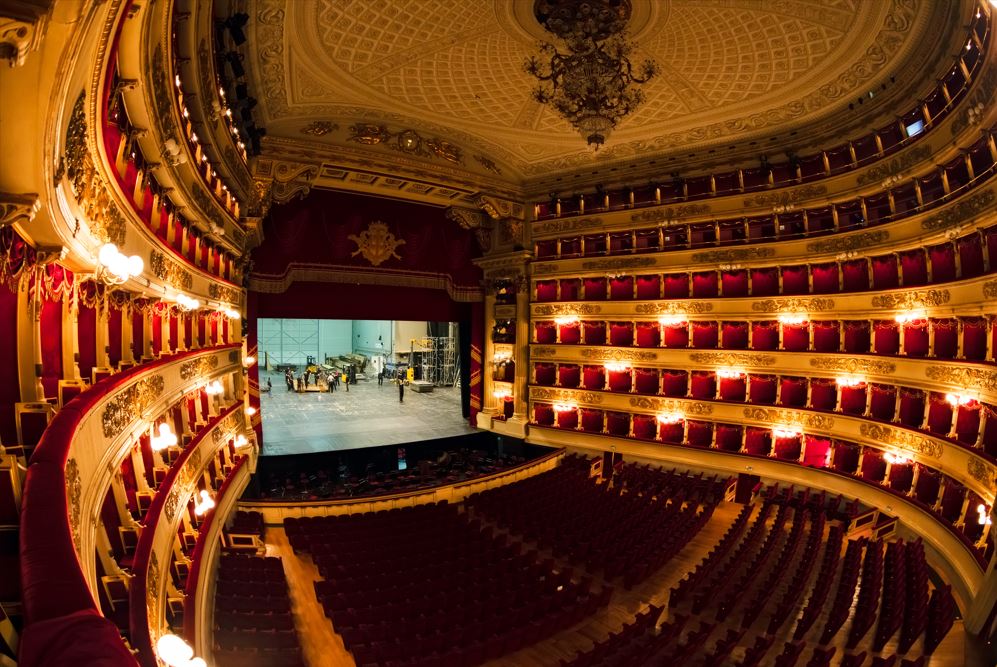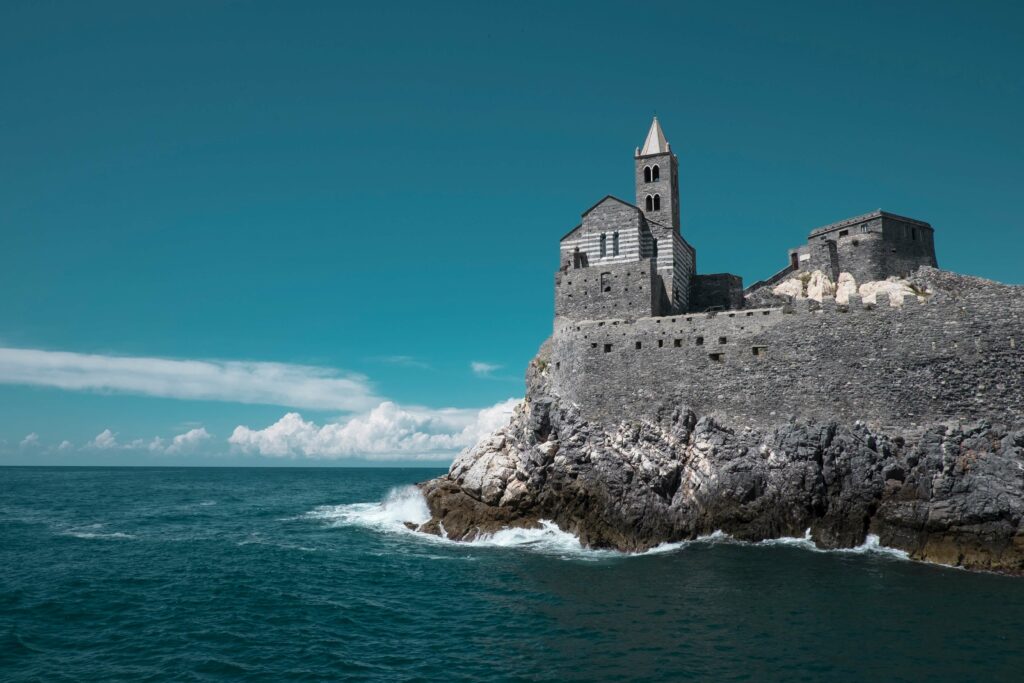
Image 1. Portovenere, La Spezia, Italy. Photo from Unsplash.
Architecture is a manifestation of human creativity that transcends borders and challenges geographical limits. Throughout history, architects have ventured into the most remote, challenging corners of our planet. There they have designed structures that not only endure but they also harmonise with their setting. From solitary lighthouses in the middle of the ocean to research stations in frozen Antarctica, to monasteries on top of magnificent mountains. Architecture in remote places portrays a unique blend of architectural vision and human tenacity.
In this article, we explore inspiring examples of architecture in remote places that convey how creativity and functionality can coexist in challenging settings. Such structures are isolated by geography and climate. Moreover, they frequently serve as beacons of hope, scientific research centres or spiritual refuges amidst untamed nature. We will discover how architects have dealt with the extreme conditions. Similarly, we see how they have managed to combine architecture with the natural beauty of these inhospitable places.
Jukkasjärvi Ice Hotel – Sweden.
This hotel is set in the icy terrain of the Arctic Circle. The Jukkasjärvi Ice Hotel is a striking architectural marvel in a remote setting. It comes to life every winter season, using blocks of ice extracted from the river Torne. As such, its structure offers visitors an out-of-the-ordinary experience, immersing them in a frozen world.
Every year when it is built, local architects and artists come together to create elaborate sculptures. Thus, the hotel installations are adorned with these works of art. The rooms are truly ephemeral art galleries. Accordingly, the designers transform each room into a masterpiece. The ice walls are carved with precision and decorated with wintery motifs.
Not only is the Ice Hotel an amazing visual spectacle, it is also a testimony to sustainability and respect for the environment. As the seasons change and winter turns to spring, this ephemeral hotel slowly melts. Consequently, the blocks of ice return to the river Torne.
The Jukkasjärvi Ice Hotel is much more than temporary accommodation. It is a crucible of creativity and a window onto the human capacity to combine art and architecture in an inhospitable setting.
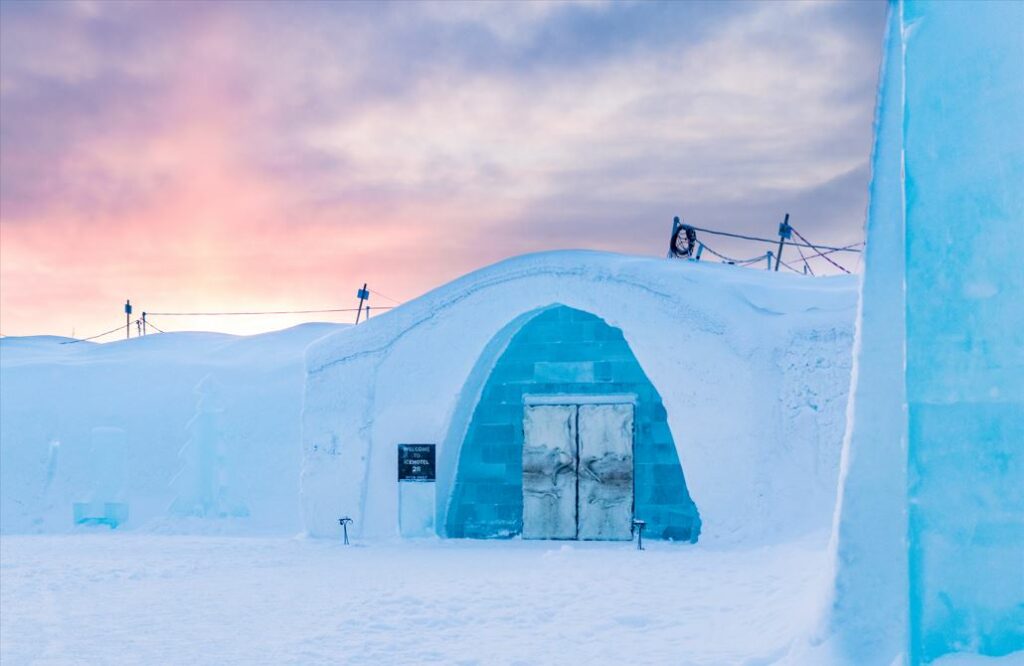
Image 2. Jukkasjärvi Ice Hotel, Sweden. Photo from Shutterstock.
Amundsen-Scott Research Station – South pole.
The Amundsen-Scott Research Centre is at the South Pole. This is a place where temperatures can drop to 80 degrees Celsius below zero. A science complex, maintained by the US National Science Foundation, it is a beacon of research in the heart of Antarctica’s immense ice sheet. The design and construction of the Amundsen-Scott Research Station bears witness to man’s capacity to adapt and prosper in extreme conditions. A modern, functional structure, it has been meticulously designed to meet the needs of scientists. Here they work on some of the most challenging research projects on Earth.
One of the station’s most remarkable aspects is its iconic geodesic dome, an architectural masterpiece in itself. Housing an astronomy observatory, the dome enables researchers to study the South Pole sky. As a result they can work free from both light and atmospheric pollution that affects other parts of the world.
Challenges of location and extreme cold
Extreme cold is not the only challenge to consider, for there is another unique aspect to take into account in this location. Every year, the ice cap on which the building sits, shifts a few metres. A dynamic factor that was taken into consideration in the station design. The construction was built to be structurally flexible. In this way the station has a degree of mobility, adjusting to the movement of the ice sheet. Furthermore, the architects need to be attentive to this movement. As a result It is essential to regularly assess the construction to ensure its stability and functionality.
The Station is a monument to the magnitude of architecture in extreme settings and the bravery of those who work on cutting-edge scientific research. Its legacy will remain as a source of inspiration for future generations of scientists and architects.
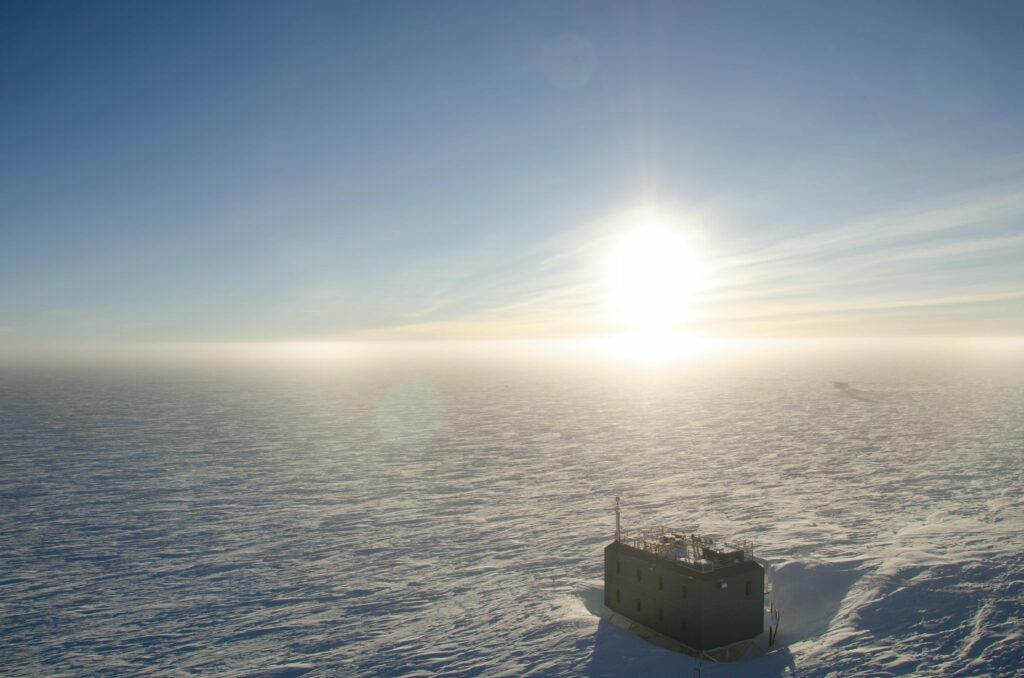
Image 3. Atmospheric Research Observatory, South Pole, Antarctica. Photo from Unsplash.
Taktsang Monastery – Bhutan.
The Taktsang Monastery perches high on a clifftop in Paro Valley, Bhutan. Also known as the Tiger’s Nest, it was built in 1692. This monastery is a striking example of architecture in remote places that combines spirituality and natural beauty. Its structure blends perfectly into the rocky landscape offering panoramic views of the surrounding mountains.
A series of temples, sanctuaries and residential quarters for the monks make up the monastery buildings. Each has its own charm and spiritual purpose. Intricate architectural designs and detailed decorations tell the story of beliefs, mythologies and spiritual teachings.
Embarking on the route to the monastery is an experience in itself. Firstly, visitors will need to set out on a challenging hike across steep, winding paths. There is a feeling of close connection with nature. Given the remoteness of its location, pilgrims are able to absorb the tranquillity of the mountainous setting, steeped in a sensation of holiness.
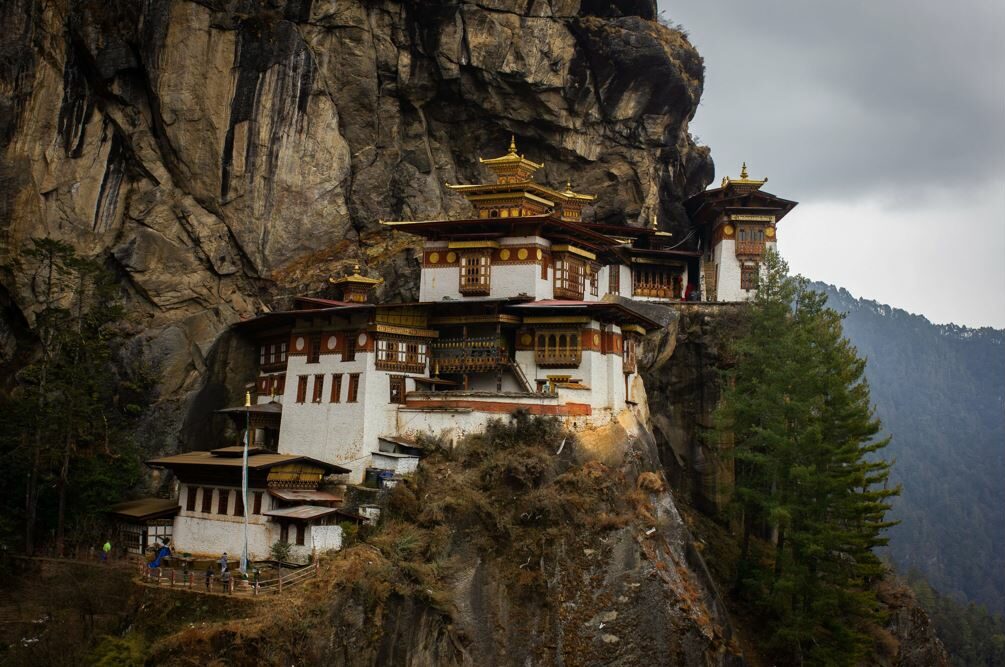
Image 4. Taktsang Monastery, Paro, Bhutan. Photo from Pexels.
Makapuu Point Lighthouse – Hawaii, United States.
The Makapuu Point Lighthouse can be found on the eastern coast of Hawaii’s O’ahu island. Built in 1909, the lighthouse guides sailors through some dangerous, treacherous waters. Not only does it meet the vital function of guiding ships, but it also embodies maritime history and the functional architecture of the era.
The lighthouse architecture is a combination of simplicity and grandeur. Its white concrete tower, rising majestically on a sheer cliff, is an iconic example of beauty in simplicity. Despite its apparently humble design, the elegance and endurance of this structure make a striking presence on Hawaii’s coastal landscape.
The lighthouse location is extremely strategic. From its heights, it offers stunning panoramic views of the vast Pacific Ocean and the surrounding coast of Makapuu Point. Visitors who venture here are rewarded with a view that seems to extend into infinity. It is a natural spectacle that takes your breath away.
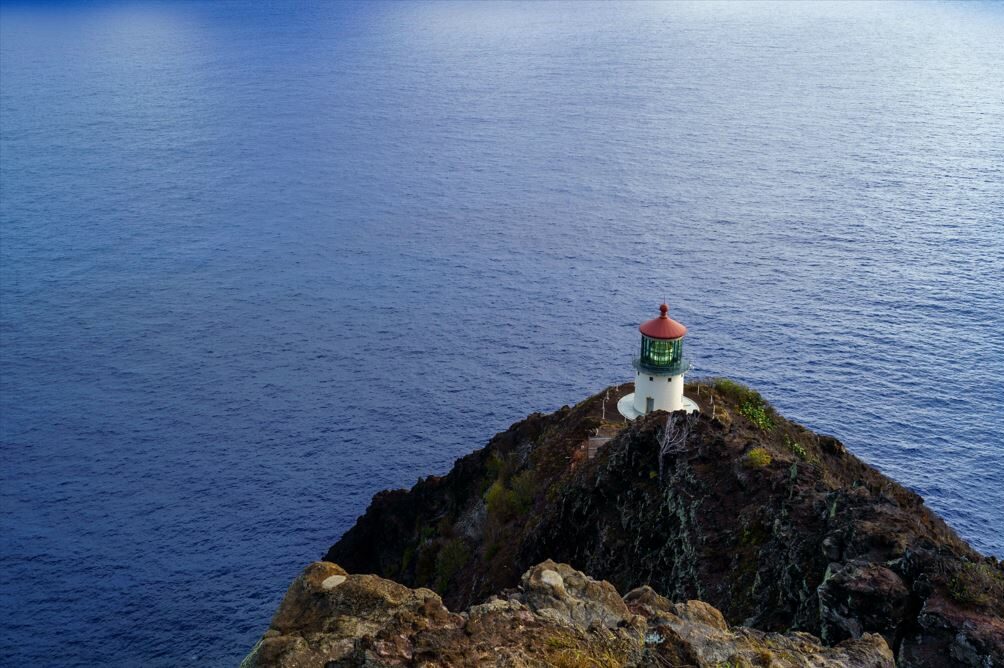
Image 5. Makapuu Point Lighthouse, Hawaii, United States. Photo from Pexels.
These examples of architecture in remote places prove that human creativity and adaptability can flourish in the most isolated corners of our planet. Each structure represents a unique response to geographical and climactic challenges. In addition, they highlight the beauty of the relationship between architecture and nature. Architecture in remote places goes beyond providing its primary function. Albeit by guiding sailors, facilitating scientific research or providing a spiritual sanctuary, it also enriches our lives. As a result we are reminded of the staggering diversity in our world and the human capacity for creating beauty in any setting.

